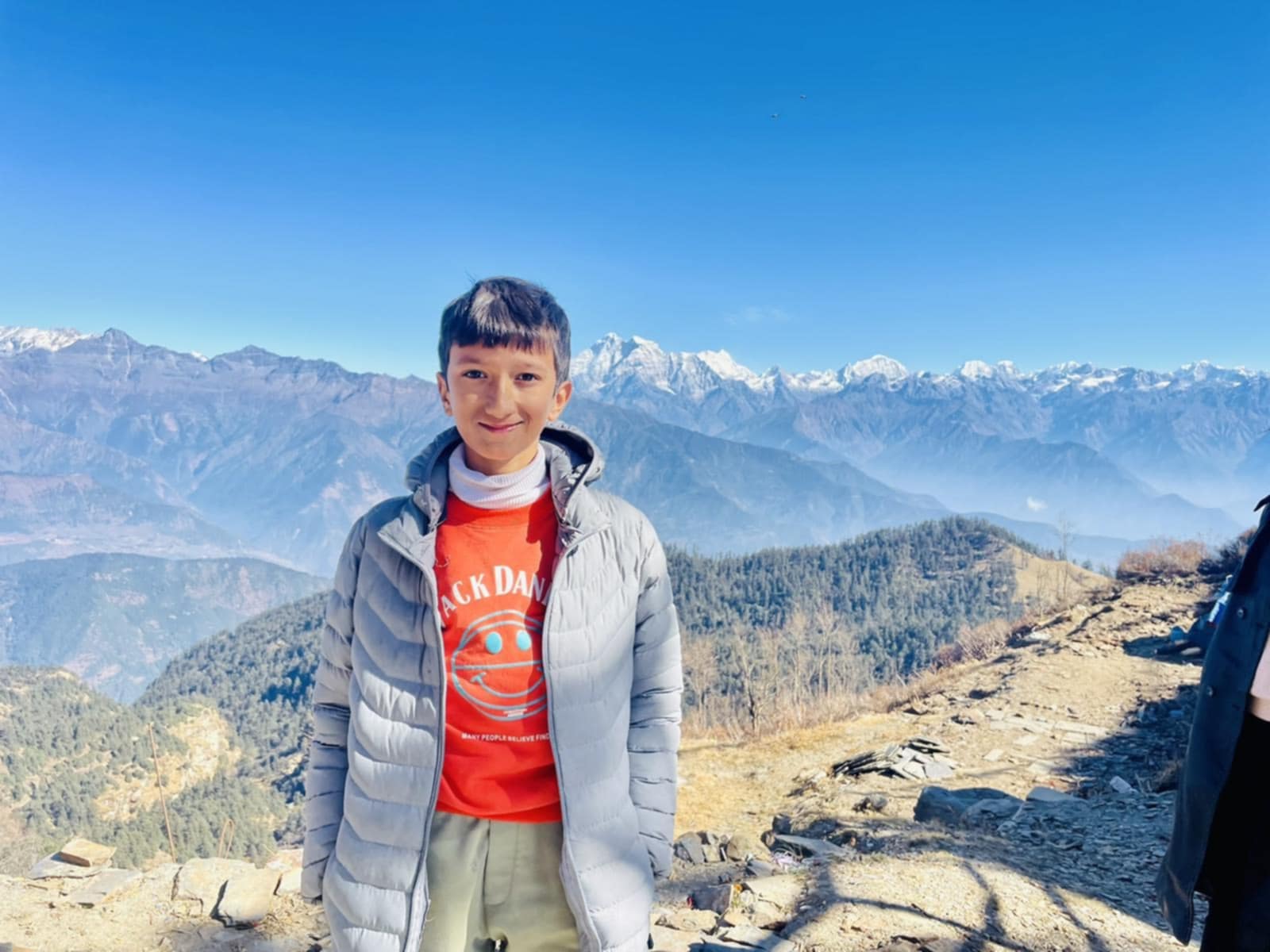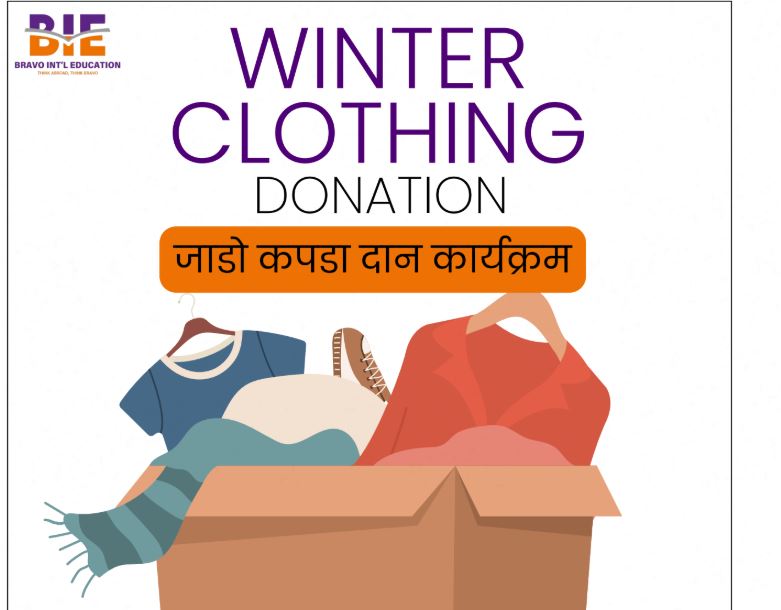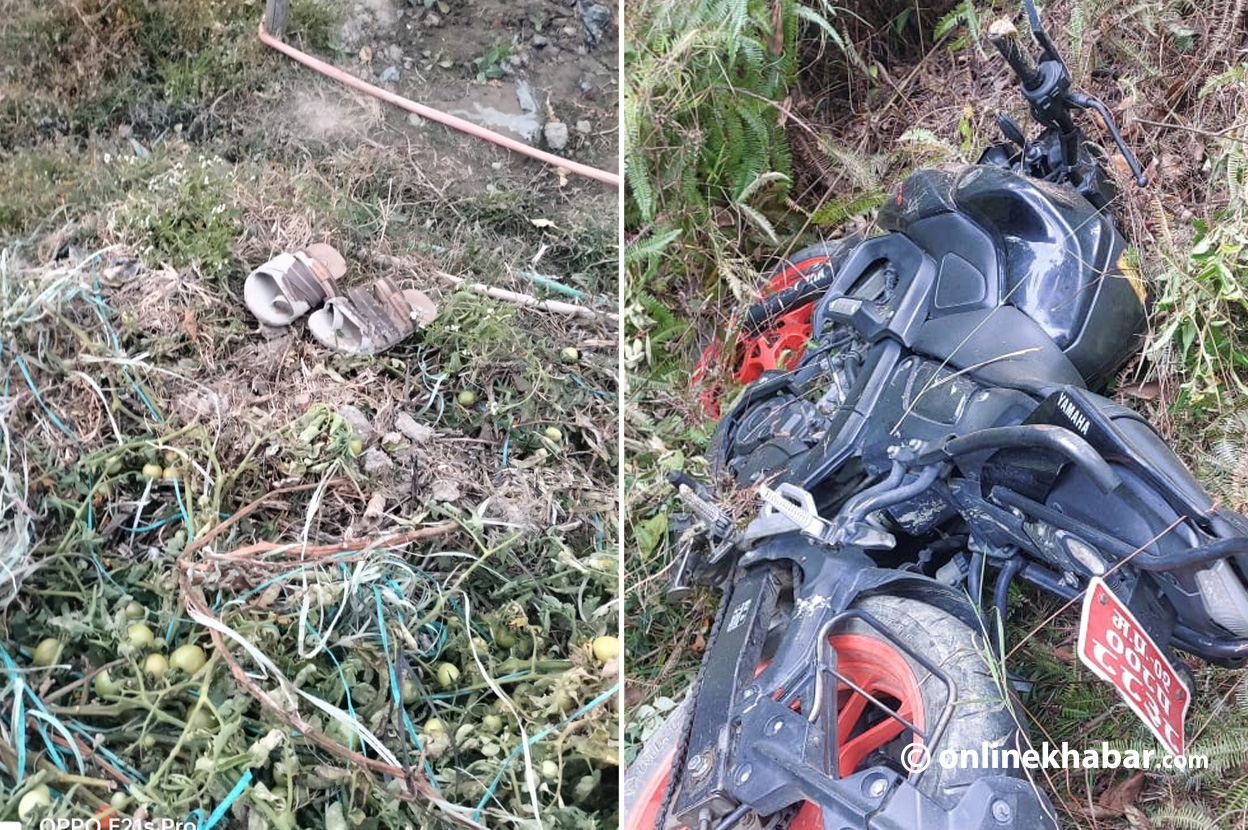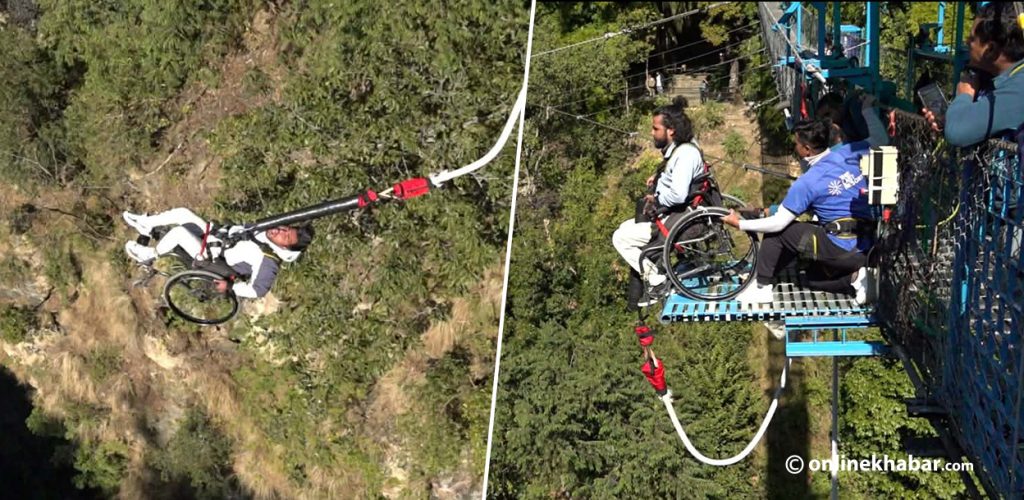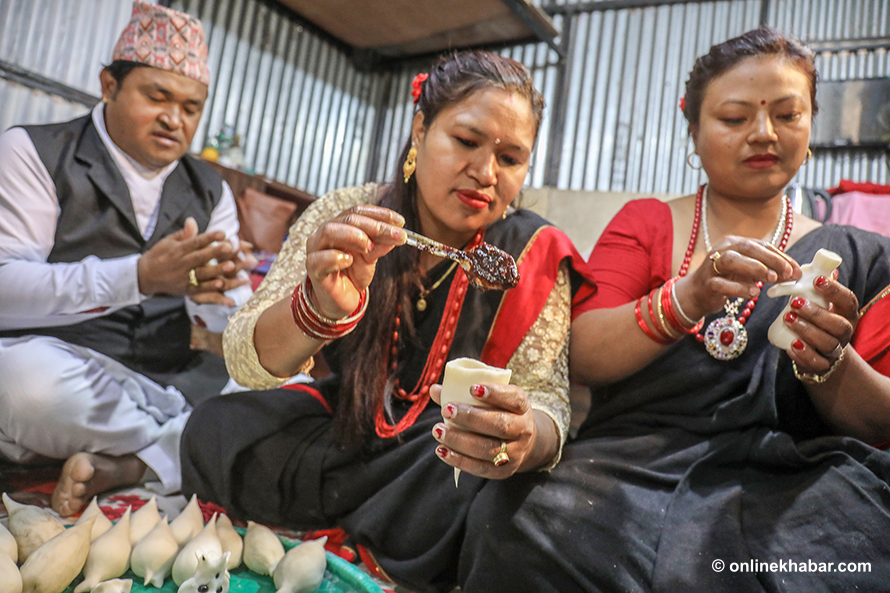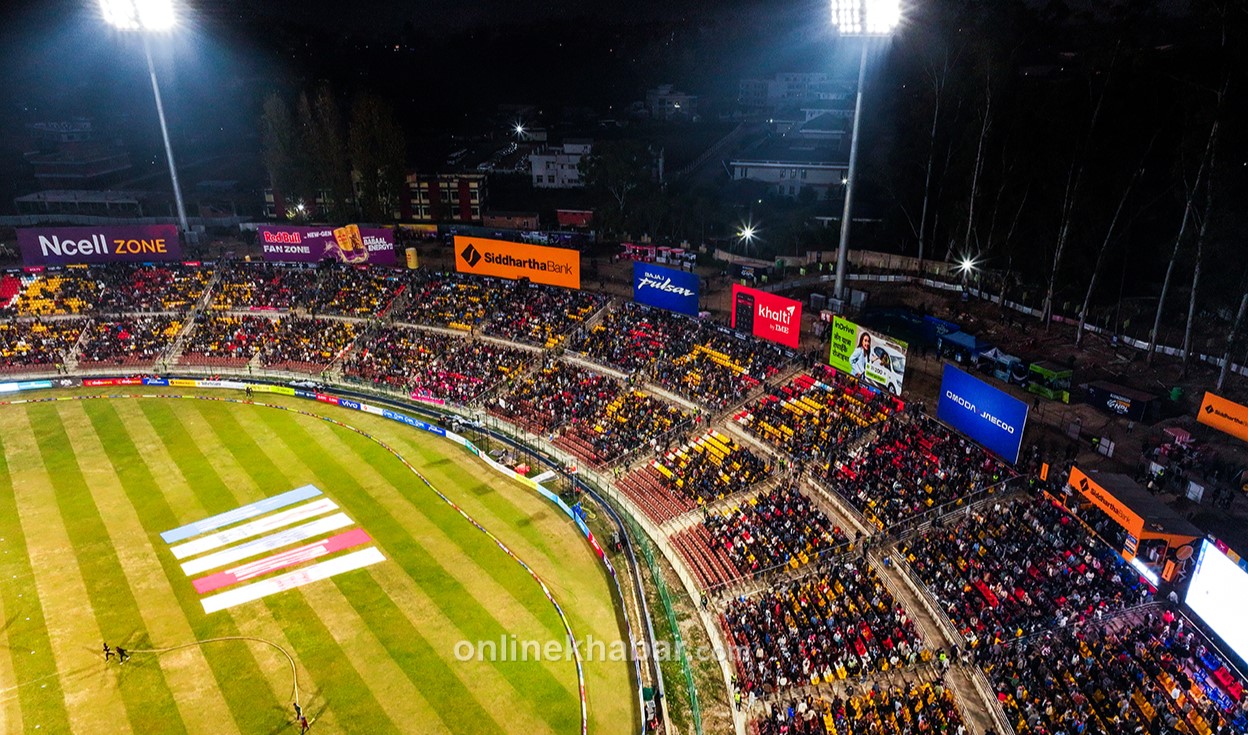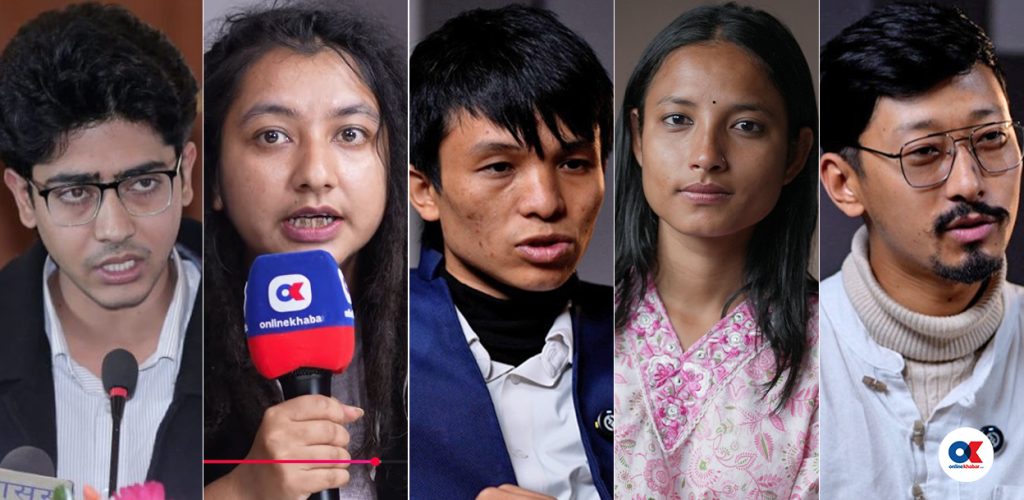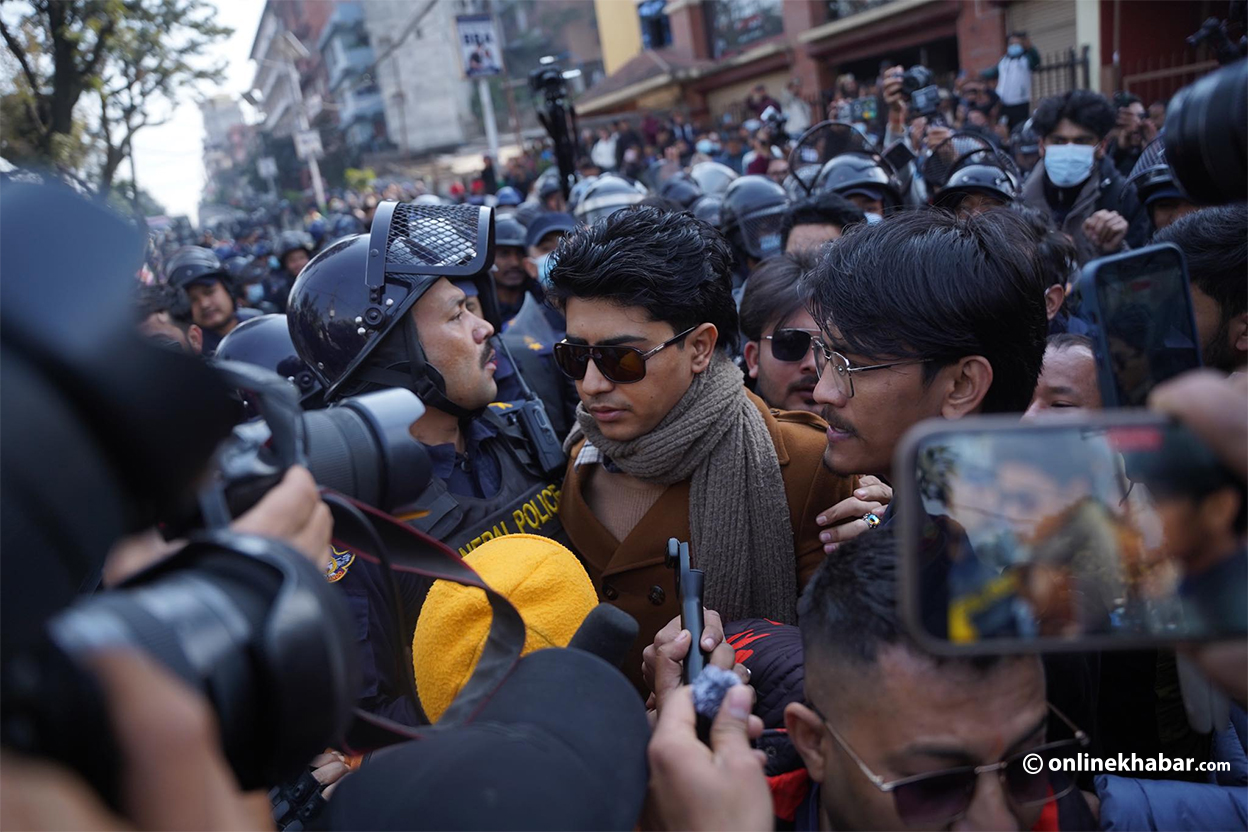
Khaled Hosseini’s first novel The Kite Runner came out in 2003. It tells the story of two boys growing up in Afghanistan; however, it is also about friendship, betrayal, guilt and forgiveness. Even though it takes place far away, the feelings are universal. Anyone can understand the pain of making a mistake and the hope of putting things right.
The book begins in Kabul in the 1970s. Amir lives in a large house with his father, Baba. They are Pashtuns, the main group in Afghanistan. Amir’s best friend is Hassan, the son of Baba’s servant. Hassan and his father are Hazaras, a smaller group that is often treated badly. Even though they come from different worlds, the two boys spend almost every day together telling stories, playing, and flying kites. Kite fighting is a big sport in Kabul, where boys try to cut each other’s kites from the sky and then run to catch the last one.
Powerful story
Amir is quiet and likes to write. He feels his father does not understand him and hopes winning the winter kite tournament will make Baba proud. Hassan, who is brave and loyal, promises to fetch the winning kite for Amir. Amir does win the tournament, but that same day, everything changes. When Hassan runs to get the kite, he is attacked by a bully named Assef. Amir sees what is happening but is too afraid to help. This moment creates conflict in the story.
After the attack, Amir feels shame and pulls away from Hassan. The friendship breaks, and soon Hassan and his father leave. Amir keeps his guilt to himself, but it follows him. Then war comes. The king falls, the Soviets invade, and Baba and Amir flee to the United States. In California Baba works at a gas station while Amir goes to school, becomes a writer and marries an Afghan woman named Soraya. On the outside Amir has a new life, but inside, he still feels the weight of his childhood mistake.
Years later Amir receives a phone call from Rahim Khan, Baba’s old friend. Rahim is sick and living in Pakistan. He tells Amir, “There is a way to be good again,” telling Amir that Rahim knows all about his sins and has decided to forgive him. Amir travels to Pakistan and learns the truth: Hassan was actually Baba’s secret son — Amir’s half-brother. Hassan and his wife have been killed by the Taliban, leaving behind their young son, Sohrab. Rahim asks Amir to bring the boy out of Afghanistan.
Amir returns to Kabul, now ruled by the Taliban. He discovers Sohrab in an orphanage and must confront Assef, who is now a Taliban official. Amir is beaten but does not give up. Sohrab helps him by using his slingshot. He rescues Sohrab and takes him to safety, though the boy is deeply hurt by what he has seen. In caring for Sohrab, Amir begins his own journey of healing.
This story is powerful because it mixes private lives with public history. Amir’s guilt runs alongside Afghanistan’s tragedies. Hosseini shows how war and discrimination shape ordinary lives. The book also explores the problem of social class. Amir is a Pashtun and Hassan a Hazara; this difference gives Amir power and makes Hassan vulnerable. Yet Hassan never stops being loyal. Amir’s journey is about learning what that loyalty means and trying to live up to it.
Another thread is the bond between fathers and sons. Amir longs for Baba’s approval, while Baba hides a son from the world. These mirrored tensions show how fathers’ choices shape their children. The kite, a central symbol, changes meaning over time. At first, it stands for freedom and childhood joy. After the attack, it becomes a sign of Amir’s guilt. In the last scene, Amir runs a kite for Sohrab as Hassan once ran for him. He whispers Hassan’s old promise, and the kite becomes a sign of hope.
Afghanistan beyond headlines
Hosseini’s style is simple but vivid. Because the story is told in Amir’s voice, we feel his shame, jealousy and courage. Kabul’s alleys, the blue sky filled with kites, the dusty markets of California all come alive. Flashbacks and repeated images, like the slingshot and the famous line “For you, a thousand times over,” give the story an echo and a rhythm.
The book’s strengths are clear. It is emotional and memorable, with characters who feel real. It gives readers a close look at Afghan culture and the refugee experience, and its lesson about facing the past feels universal. But some scenes of violence are graphic, and a few coincidences may feel too neat. The focus on guilt and suffering can also be heavy. Yet these hard parts give the book its force.
Beyond the story of two boys, The Kite Runner helps readers see Afghanistan beyond the news. It shows a country with food, music and family ties as well as war and loss. It shows how cowardice can destroy lives but also how acts of courage and kindness can begin to heal them. It says you cannot change the past, but you can still do what is right now.
Sad but hopeful
When you finish the book, certain images stay with you: the boys running with kites in the cold Kabul air, the whispered promise of loyalty, the quiet final scene with a new kite and a new beginning. These moments give the novel its lasting strength.
For all these reasons, The Kite Runner is a gripping and moving coming-of-age story. It is not only about Afghanistan but about universal questions of loyalty, guilt and forgiveness. If you are ready for a book that is sad but also hopeful, one that will teach you about another culture while making you think about your own life, this is a powerful choice.
I would rate he Kite Runner four and a half out of five stars. It is a moving, culturally rich and morally deep novel. It may make you cry, but it will also make you think about the meaning of friendship, courage and redemption.


